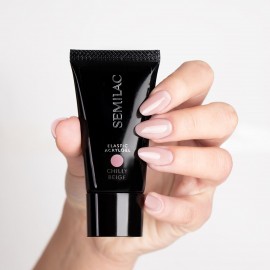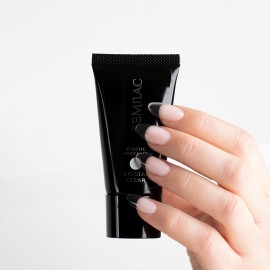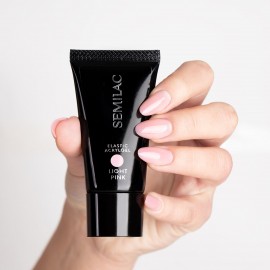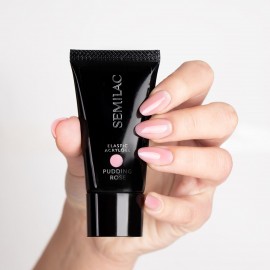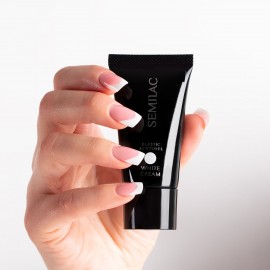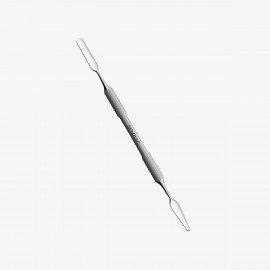FILTER BY
Different products with distinctive properties are used during the nail styling process. We can go for a hybrid manicure, but do not forget about gel or acrylgel. Thanks to innovative technologies and due to the growing expectations of customers, we keep creating new products for our clients who value wide range of manicure products in one place. This time we present acryl nail gel, a gel with the properties and features of acrylic. The product quickly became famous among nail stylists who appreciate it for its durability and high flexibility at the same time.
- 21,99 €
- 21,99 €
- 21,99 €
- 11,00 € -50% 21,99 €
- 13,99 €
What are acrylic nails and which one you should choose?
Acrylic nails are a product that combines acrylic - which is hard and extremely resistant to mechanical damage - with gel, which is known for its high plasticity. Acrylic nails are harder than gel, but at the same time it is more flexible than acrylic. Such unique features making application easier and help you to create nail extensions and model nails precisely and quickly. The big advantage of acryl nail gel is that the risk of burning sensation is significantly lower when curing under the UV lamp, which means it is much more comfortable for customers during the nail styling procedure. The nail technician will appreciate the use of acryl nail gel because it facilitates their work and makes it faster without losing the quality of the final result. AcrylGel are available in three color variants: transparent, white covering and nude peach color.
Acrylic gel nails – methods of application
There are two main methods of applying acryl nail gel. The first one requires the use of a special form of Semilac Double Flex Acrylgel Tips, which is dedicated to nail extensions. The form must be adjusted to the shape and size of the nail. In the second method, we apply acrylic gel Semilac using the Semilac Shaper Wide Nail Forms or Semilac Shaper Slim Nail Forms stencil.


